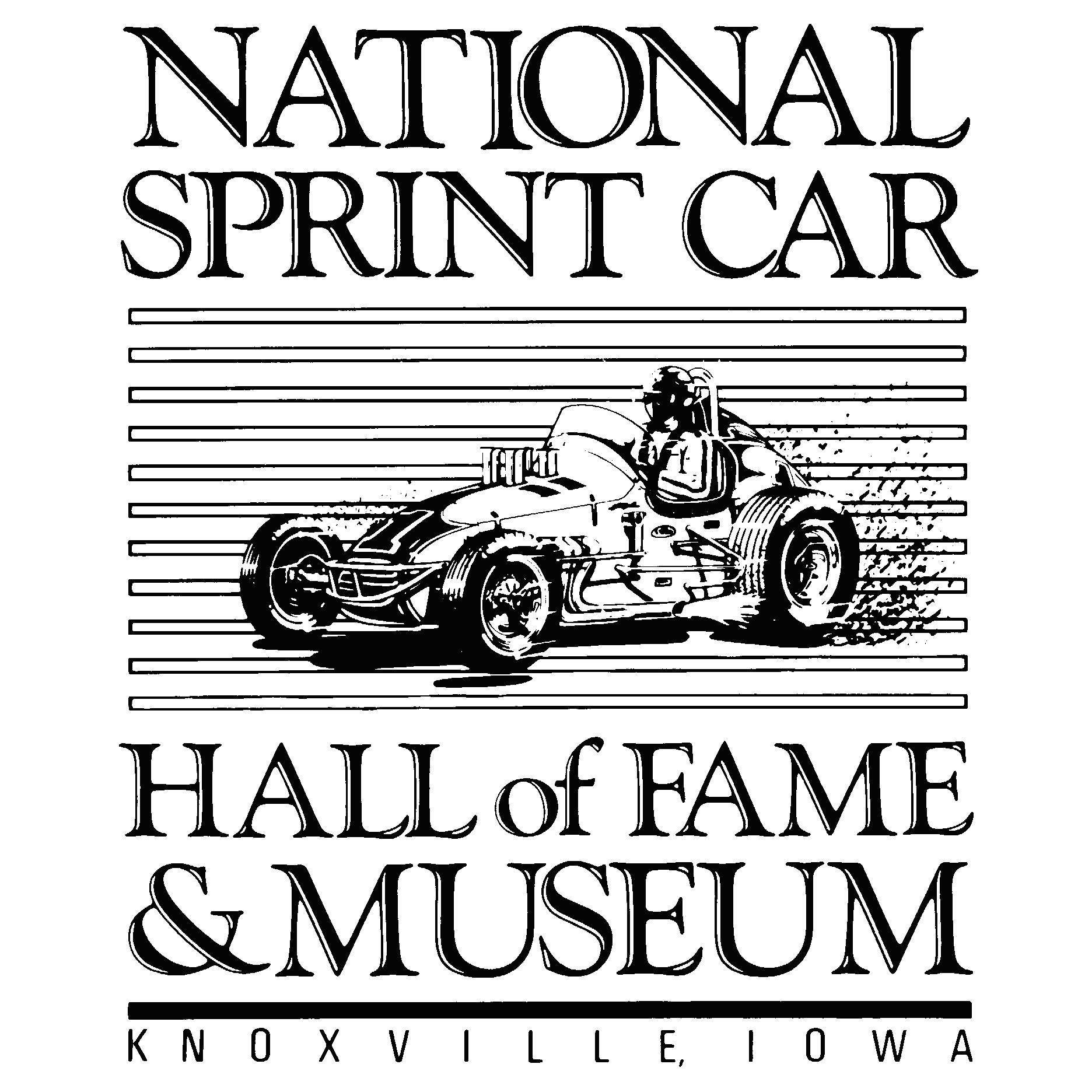Most Cup drivers are encouraged by crash test communication revealed by NASCAR
Photo by HHP/Jim Fluharty
CONCORD, N.C.—NASCAR officials met with Cup drivers at Charlotte Motor Speedway on Saturday morning to review the data gathered from the crash test at the Transportation Research Center (TRC) in East Liberty, Oho
NASCAR tested the new rear clip, bumper structure, and center section at the TRC Impact Laboratory on Wednesday.
The hour-and-15-minute presentation evolved more into an exchange of views—described by some as tense at times—between the competitors and the sanctioning body.
“It was just a good open discussion,” said NASCAR Cup champion Kyle Larson. “It was good for NASCAR to look drivers in the eye and see their frustrations and hear it in their voices. I feel like all of us know that they didn’t just start working on this three weeks ago. I feel like they’ve been working on this car for a while.
“Either way, it’s good to see the crash data and all that. Hopefully, we’ll learn from it. What they’ve learned, it’s not as good as the previous car but it’s at least it’s an improvement, so that side is good.”
Although NASCAR anticipates a modification to the back end of the car before the start of the 2023 season, the changes can’t come quick enough for those behind the wheel.
“I think we’re on the right path, just not pleased where we’re at today,” said Brad Keselowski. “This car was built in the time period of Covid when it was hard to do all the things that we’d like to do with testing—and crash testing specifically. There’s a growing process here of learning the new car. When manufacturers build a new car, it’s not uncommon to have things that don’t work out. So I would say this Next Gen car is no different.”
As a driver/owner, Keselowski sees both sides of the equation—expediting safety improvements while limiting the costs to the teams. When asked how he feels about the situation, Keselowski responded, “Expensive.”
“It costs a lot of money to change a car and to convert them over and there's already been a lot of money spent on the Next Gen car,” Keselowski said. “So there's certainly a balancing act to make sure that when we do make changes that they're validated in such a way that we're not wasting any money but also moving the needle forward.
“There's bugs that need to be fixed and there are frustrations that build up and you just gotta work through it and I think we're doing that.”
While the veteran drivers apparently did most of the talking during the meeting, the younger racers—with more blue sky ahead—have the most to gain in the long run. Christopher Bell says every hit he’s taken in this car has taken his breath away, “Every one.”
Bell doesn’t know whether or not he’s been concussed in any of his accidents but did hit his head in one of the wrecks.
“I’m sure the likelihood of jarring my brain, I guess, is somewhat likely,” Bell said. “I’m definitely paying attention to (symptoms), but I wouldn’t say any more than normal.”
Bell does not advocate for additional changes to the cockpit of the car. He’s confident from a safety standpoint that what worked with the seats and safety harnesses in the last car would maintain their integrity moving forward. Still, Bell appeared encouraged by the advances NASCAR proposed for the rear clip.
“The screen that they showed us, they have made improvements with the rear impact so that’s a good step in the right direction,” Bell said. He didn’t want to offer an opinion as to whether the changes will make a difference. Unfortunately, he said only another incident would give him an accurate assessment.
“By the paper they showed us, it should be directionally better,” he added.
Some drivers question whether the lines of communication have been flowing freely enough with the sanctioning body. They question whether their concerns are being heard. NASCAR usually relies on feedback through the Drivers Advisory Council, led by former competitor Jeff Burton. There are also multiple meetings throughout the year between NASCAR a competition committee—made up of representatives from each team, Goodyear, OEMs and engine builders, a team owner council, an OEM council and an engine builders committee.
NASCAR officials briefed the media following the safety meeting to offer an overview. They described the overall meeting as “productive” and added drivers are interested in forming a safety committee.
Corey LaJoie, whose family owns one of the preeminent seating manufacturers—LaJoie of Seating, said he would be interested in adding his name to the list. LaJoie is currently on the Drivers Advisory Council with Kurt Busch, Denny Hamlin and Joey Logano.
Busch, who has been sidelined from racing since a qualifying crash at Pocono on July 23, addressed the room at the end of the meeting. Busch summarized the sentiments of his fellow racers and the importance of keeping the discussion ongoing.
“Again, it just gets down to communication for everybody,” Busch said. “Whether it's something we learned from a wreck with Chastain back in February at Fontana and all the other wrecks in between, we just have to keep moving quicker to advance everything.
“But I think communication is going really strong. I liked what I saw.”
The 2004 NASCAR Cup champion didn’t indicate when he might return to competition. On Saturday, he floated between the pits of 23XI Racing's Bubba Wallace and where his team owner Denny Hamlin and brother Kyle were stationed during qualifying.
“I’m doing better, but I’m still not 100 percent,” Busch said. “But improvements have been made. I know I’m not right and with the doctors, I’m not approved to race.
“I just have to keep making the right steps. There's all the little things that have improved. We just got to get to 100 percent.”

.png)





